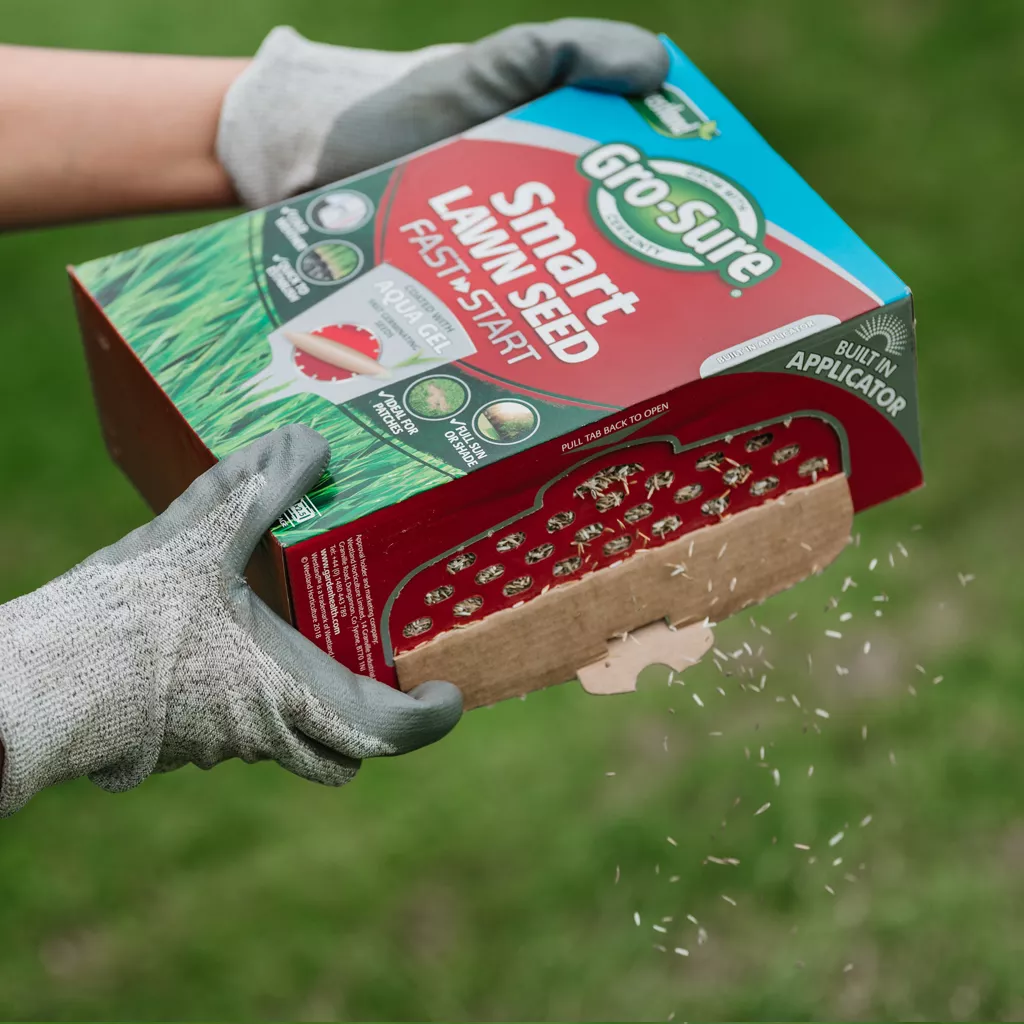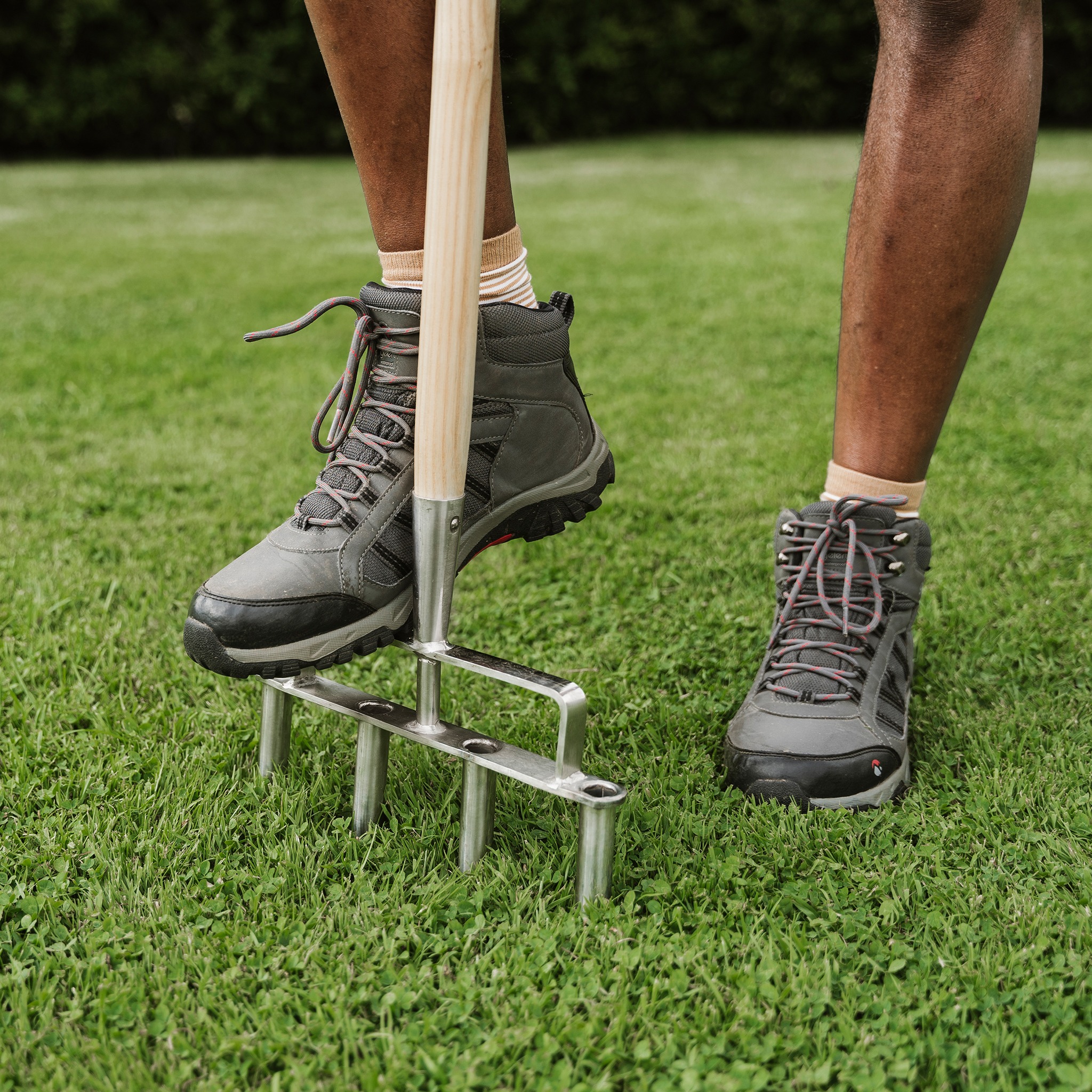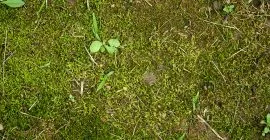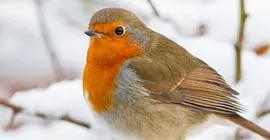Winter may be a quiet time for your lawn, but it’s the perfect opportunity to assess its condition, plan for the upcoming season, and ensure it’s well-prepared for the warmer months. With proper care and attention during the colder months, you can ensure your lawn stays healthy and vibrant, ready to thrive once spring arrives. Here’s a guide to help you take the right steps for your lawn care throughout winter.
Stop mowing
As the temperature drops, it’s time to give your lawn a break from mowing. When temperatures fall below 5°C, grass growth slows down and eventually halts, meaning there’s no need to mow. Mowing during this period can harm the grass, causing unnecessary stress and potentially damaging the lawn. Only mow if the grass is still actively growing, and the weather conditions are favourable. Avoid mowing when heavy frost, snow, or wet conditions are expected, as these can cause the grass to tear or become soggy and compacted.
Winter is also an ideal time to service your lawnmower. Take the opportunity to clean or repair it so it’s in top shape for the busy spring season.
Sweep up fallen leaves
Winter lawn care isn’t just about what you do to the grass – it’s also about maintaining a clean and healthy surface. Fallen leaves, twigs, and debris can build up over the winter months, trapping moisture and encouraging diseases, pests, and excessive worm activity. To prevent this, periodically sweep away leaves using a lightweight rake or brush. This will keep your lawn breathable and minimise the risk of fungal problems.
Be cautious about foot traffic while cleaning up, as walking on the lawn too much can lead to soil compaction or even damage delicate grass blades, especially when the ground is damp.
Look out for water puddles
Puddles of water after heavy rainfall can indicate poor drainage in your lawn, often a result of soil compaction. Compacted soil doesn’t allow water to drain properly, which can cause water to pool on the surface. If you notice puddles forming, it’s a good idea to plan for aerating the lawn in the spring. Aerating involves creating small holes in the soil to improve drainage, allowing water and nutrients to reach the root system more effectively.
Aerating your lawn will also promote better airflow, helping the grass grow stronger and more resilient. This is especially important in high-traffic areas where soil compaction is more likely. If you don’t have an aerator, a garden fork can work just as well – simply push it into the soil, pull it out, and create holes across the lawn to help relieve compaction.
Caring for new lawns over winter
If you sowed a new lawn or laid turf in the warmer months, it’s essential to give it some extra care during the winter. New grass can be particularly vulnerable to frost damage, so keep foot traffic to a minimum to avoid compressing the soil or damaging fragile shoots. Grass that’s newly established may not repair itself until the weather warms up in spring.
In cases where frost has caused new turf to lift, you can use a heavy roller during a dry spell to gently flatten and re-set the grass. Be cautious not to damage the turf, as it may still be fragile.
Prepare for a new lawn
Winter is the perfect time to plan for a new lawn in the spring. If you’re thinking of sowing new grass or laying fresh turf, you can start preparing the soil now. Begin by digging over the lawn area during the winter, breaking up any large clumps of soil. Leaving these clumps on the surface will allow the frost to break them down further, which will improve the soil texture and make it easier to work with come spring.
As winter progresses, take some time to review your garden’s layout and consider what type of grass will best suit your space. Are there areas that get a lot of sun or others that are more shaded? Do you need a lawn that’s drought-resistant or more tolerant of heavy foot traffic? Planning these details now will help you choose the right grass seed or turf for the conditions. Take a look at the Gro-Sure range of lawn seed to see which lawn seed is best for you.

Stay on Top of Lawn Health and Maintenance
Although lawn care during winter is quieter, it’s essential to stay vigilant about any issues that may arise. If you notice patches of uneven growth or signs of disease, address them as soon as possible, as they can become more problematic as temperatures rise. Winter lawn care is about setting your lawn up for success by planning and taking preventative measures.
In the coming months, your lawn will begin to recover from the cold, and with proper care, it will emerge lush and vibrant when spring arrives. Use this quieter period wisely by preparing for the season ahead, ensuring your lawn is in great shape to flourish as the days grow warmer.






